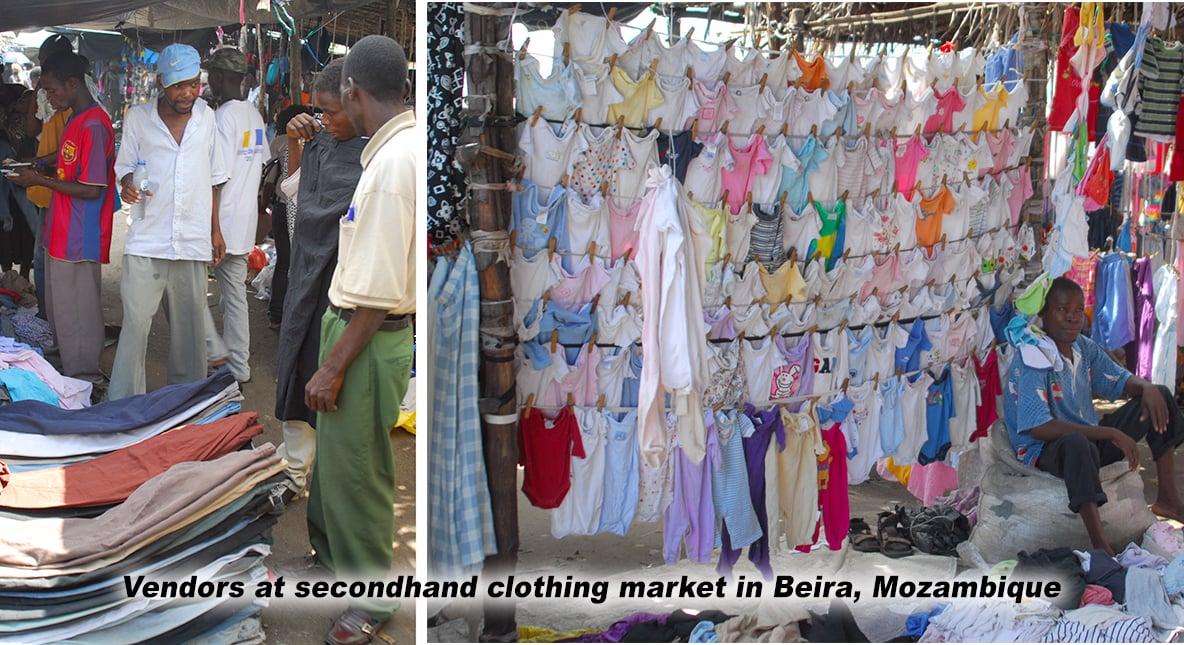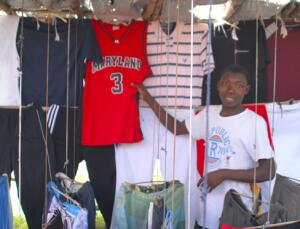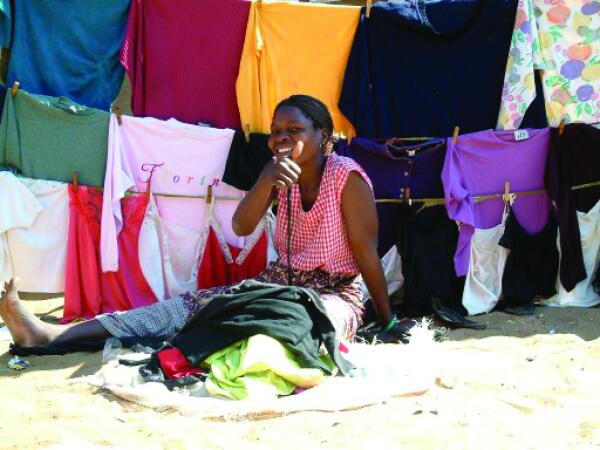Benefits of the Secondhand Clothing Industry
The secondhand clothing industry's environment benefits range from fewer carbon emissions to saving water and reducing waste. A new study from the Nordic Council of Ministers helped further quantify these sustainability benefits. Carried out in cooperation with the 13 largest Nordic exporters of used textiles, the study showed that exporting used textiles results in an estimated annual net savings of 190,000 tons of CO2 and reduces water consumption by 70 million cubic meters (18 billion gallons) due to the offset production of new textiles and materials!
A garment that is purchased through the secondhand market reduces the need to manufacture a new item and thus saves resources. Synthetic fibers like polyester require lots of energy and oil inputs to synthesize the fibers. Similarly, for fabrics that are made from plants, like cotton and flax (used to make linen), millions of gallons of water and tons of harmful pesticides are needed to grow the crops, while the manufacture of clothing from these fibers also has numerous hazardous impacts.
Social and Economical Benefits
A criticism raised against the secondhand clothing industry is that it undermines domestic production of clothing in countries where the secondhand goods are imported. However, the reality is that the World Trade Organization's abolition of the Multi-Fiber Agreement, which had regulated textile imports through a set of quotas, changed the global textile playing field. In short, it made it very difficult for local textile producers to compete with cheap new clothing from China.
Secondhand clothing markets flourished in the wake of the new trade environment, adding new local jobs and making it easier for the population to afford quality clothing. In the Nordic Council of Ministers study mentioned above, researchers found that exported textiles provide a living for an estimated 10,000 market traders and their families in Africa.
"The findings of this report is (sic) good news. It means that people can donate their used clothing to charity without worrying that it is doing harm," said Project Coordinator Yvonne Augustsson.

The study's findings are supported by numerous observations of others who have visited clothing markets in the developing world. For example, blogger and Peace Corp volunteer Rachel Chaikof writes in her blog that she, too, had her doubts about secondhand clothing markets. However, through her experiences and conversations speaking with people at the local market in Cameroon, where she lives, she learned that secondhand clothing and local production markets are two different markets that can co-exist without impacting each other. There are individuals in these countries that have the means to afford new clothes and don't participate in buying clothes from secondhand markets. However, the vast majority of people in these countries cannot afford new clothing and thus patronize secondhand markets.

Planet Aid sells the clothing it collects on the international market, which yields benefits here in the United States and abroad. We use the proceeds from our clothes collections to go towards funding sustainable development projects in Africa, Asia, and Latin America. You, too, can make a difference in helping the environment and reducing poverty by donating your used and unwanted clothes. We hope that you choose Planet Aid for your donation. To find a bin, click here.

